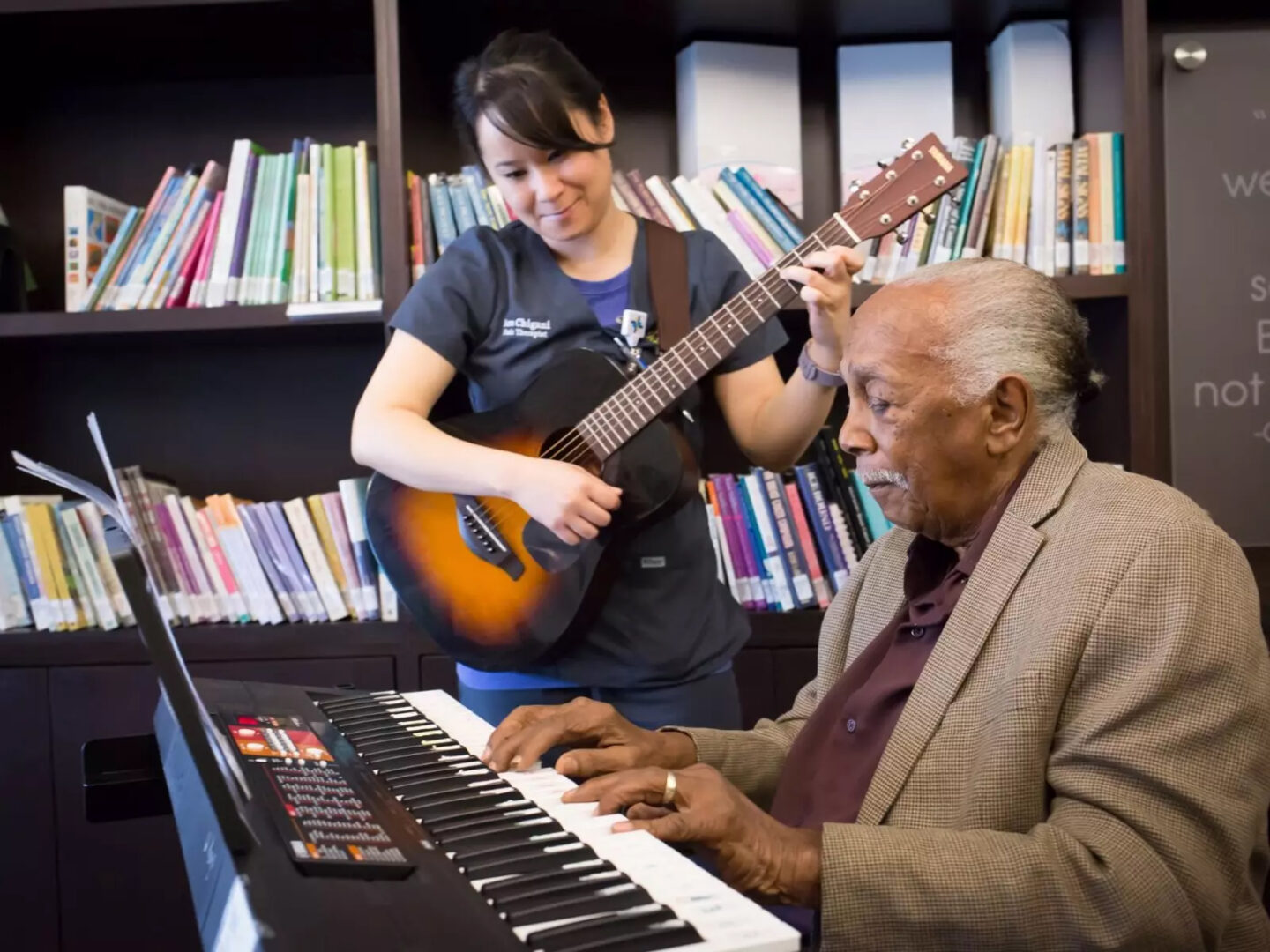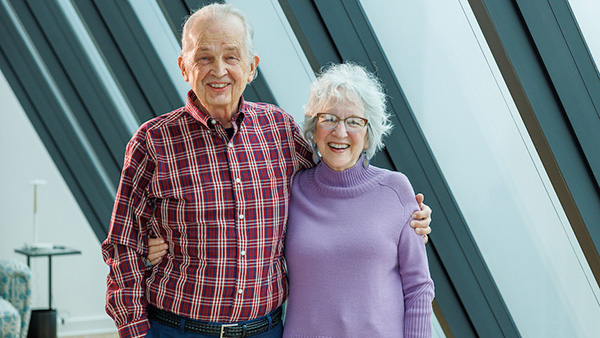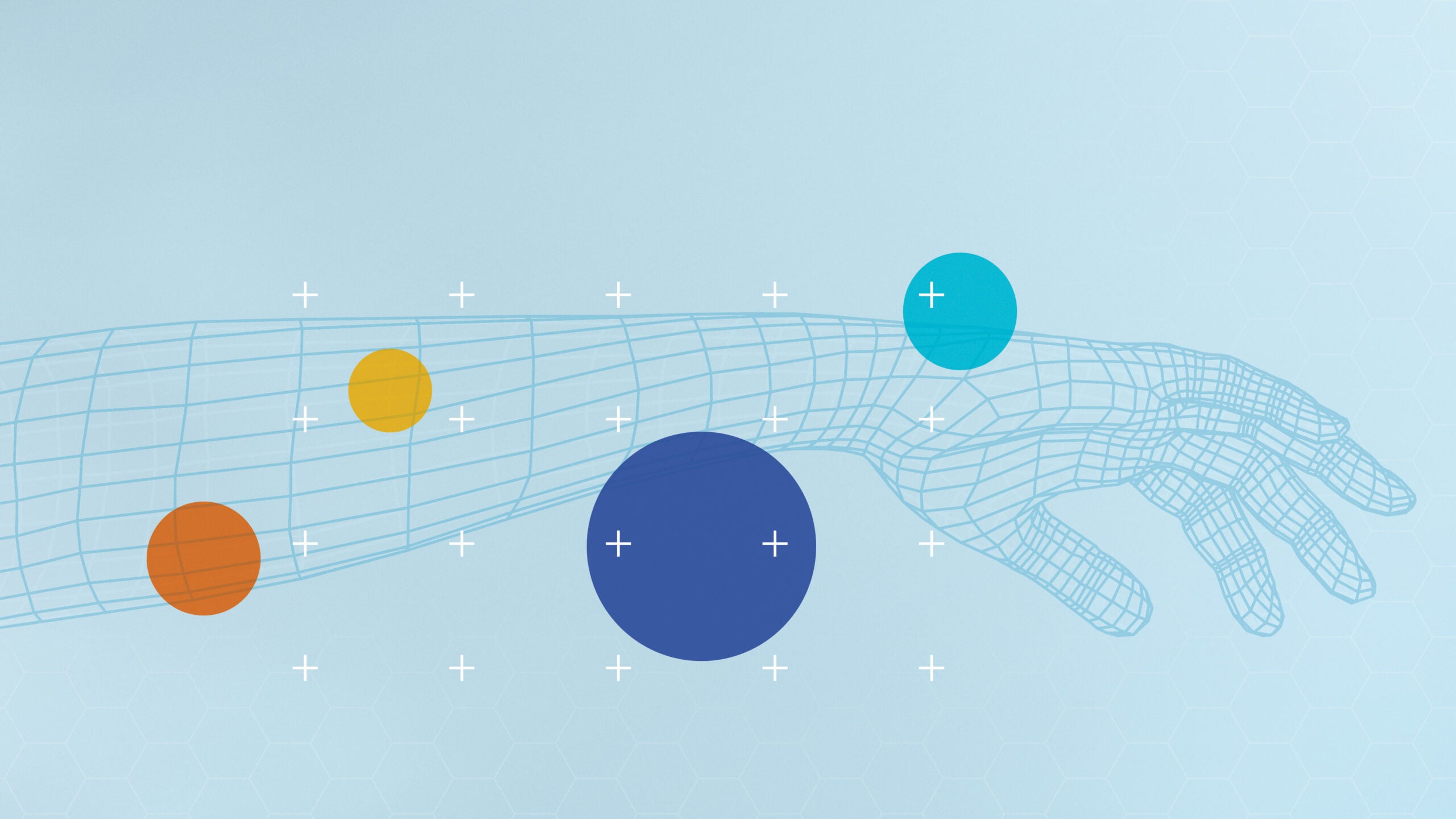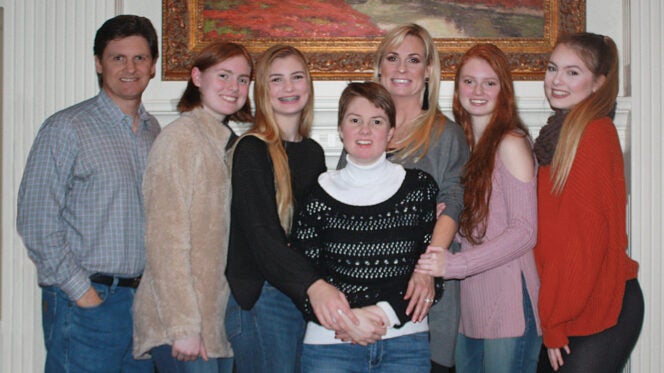Billions are being poured into intelligence projects for business ventures across the globe. But one physician at Baylor Scott & White Health is pushing the boundaries of AI into human medicine.
Artificial intelligence: You have seen it in headlines as scientists develop and train machines to perform tasks that typically require human thinking, such as decision-making, visual perception, speech recognition and more. Billions are being poured into intelligence projects such as IBM Watson, the Microsoft Cloud AI Challenge and Google.
But one physician at Baylor Scott & White Health is pushing the boundaries of AI into human medicine, leveraging leading-edge technology to enhance patient care.
J. Michael DiMaio, MD, is a scientist, entrepreneur and clinician who sees how to utilize machine thinking to help patients in need: those with burns and other wounds. Dr. DiMaio created a wound imaging system that can help clinicians make important decisions to improve patient care. He presented his thoughts on artificial intelligence at the Baylor Scott & White Dallas Foundation board meeting in February.
“Imaging devices that assist the clinician in making better decisions—that’s what AI can provide,” Dr. DiMaio explained. “Sophisticated devices can capture the information, organize it, and then have these predictive analytics ready to help the clinician.”
The wound imaging system that Dr. DiMaio developed combines imaging technology with software that has been taught to organize information about the health of layers of skin below the surface. Without touching the patient, it can scan a wound and determine important properties
such as blood flow and tissue composition. Results are delivered in real-time to clinicians, who can use it to determine the health of the wound and make further decisions to optimize patient care.
With provisional approval from the FDA, this imaging system is currently in use at Baylor Scott & White The Heart Hospital – Plano. “If you ask clinicians—vascular surgeons, podiatrists, burn surgeons— they say that they could use a device to help them out,” Dr. DiMaio said. “This one is easy to use, useful and accurate. The response to it has been phenomenal.”
The journey to developing a medical device that could help revolutionize wound care started with something Dr. DiMaio had always hoped he could change: bed sores. This unfortunate
diagnosis most often happens in patients with limited mobility—such as those recovering from major surgeries. Considering all the advances in information technology, he became frustrated with the inability to use predictive analytics to directly help patients.
“I thought, ‘How did we not see this bed sore coming—how did we not predict it’s going to form?’” he asked. Those questions led Dr. DiMaio to investigate ways that AI could directly impact patient care—right now. By combining his interest in new technology with his deep experience in patient care, Dr. DiMaio set out to find answers. He decided to pursue this interest in the intersection between technology and patient care to provide tools to clinicians, and an even higher level of insight and care for patients.
The new wound imaging system is able to analyze blood flow to identify the boundaries of dead, damaged and healthy tissue—something extremely difficult for the human eye to detect
unassisted—to help clinicians determine those almost unseeable differences.
It’s all in teaching and learning, Dr. DiMaio explains, as he describes the painstaking process of teaching a machine the massive amount of information it requires to make the correct distinctions between things.
Using “artificial” intelligence to impact very real human lives seems to be the best decision any computer—human or mechanical—can make.







